
What Happens If I Restore My iPhone? Everything You Need to Know

Sometimes, we may encounter the issues such as freezing, system crashes, etc. on our iPhones. In such situation, restoring the iPhone to the factory status can address these problems. But what happens if I restore my iPhone? Will I lose all my photos and other files if I restore iPhone? If you also have the same missgivings, today's post will tell you what you want.
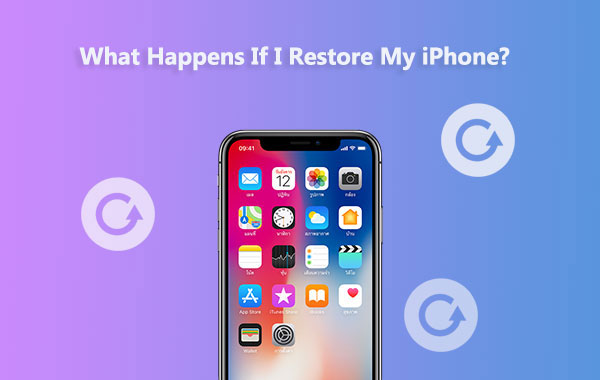
When you restore an iPhone, there will be two aspects. One is to reset your device, which will erase your data and settings. The other is to restore your data from the backup. What restoration you need depends on your requirements. In general, people will restore their iPhone when meeting the suituations in the following:
1. Resolve software issues, such as app crashes, system errors, or sluggish performance.
2. Sell or give away the device. Then you may want to restore it to factory settings to ensure that your personal data is not accessible to others.
3. Migrate to a new iPhone. When you purchase a new iPhone and wish to transfer data and settings from your old device to the new one, you can achieve this by restoring from a backup.
4. Forget your passcode. Then you may need to restore the device to unlock the iPhone.
Now that you understand when you might need to restore your iPhone, let's discuss what happens if you restore your iPhone. There are two ways to restore an iPhone: restoring your iPhone to factory settings and restoring from a backup. The effects of these two methods are different, and we will introduce them separately.
As you restore your iPhone to factory settings, it mean that your iPhone will turn back to the situation when it is unboxed. Thus, all the data and settings will be removed from your iPhone, such as your customized theme, photos, contacts, videos, calendar events, alarm clocks, etc. If you don't want to lose your data, back it up before restoing the device.
Step 1. Launch iTunes on your computer, ensuring it is up to date.
Step 2. Connect your iPhone to the computer using a USB cable.
Step 3. Click on the icon of your iPhone, then select the "Summary" tab.
Step 4. Under the "Summary" tab, click on the "Restore iPhone" button, and then click "Restore" to confirm.
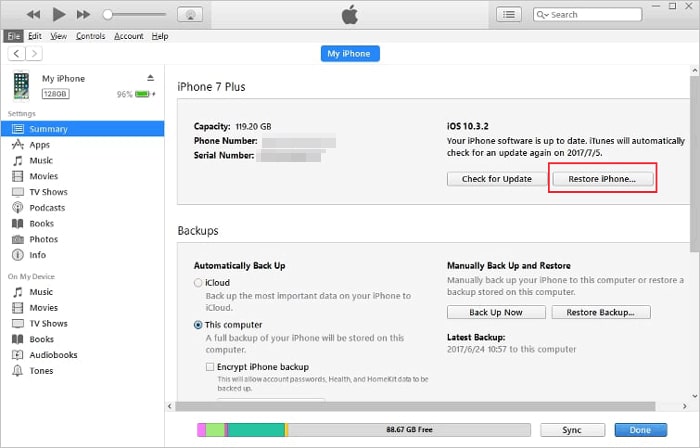
You can restore your iPhone with your backup, importing the backup files from iCloud or iTunes to the iPhone. Then, does restoring iPhone delete everything? The current data will be replaced by the restored data. In other words, you will lose your existing files, or your backup data and current data cannot be coexist on your iPhone.
The steps to restore an iPhone using iCloud backup are as follows:
Step 1. Go to "Settings" > "General" > "Reset" > "Erase All Content and Settings" on your iPhone.
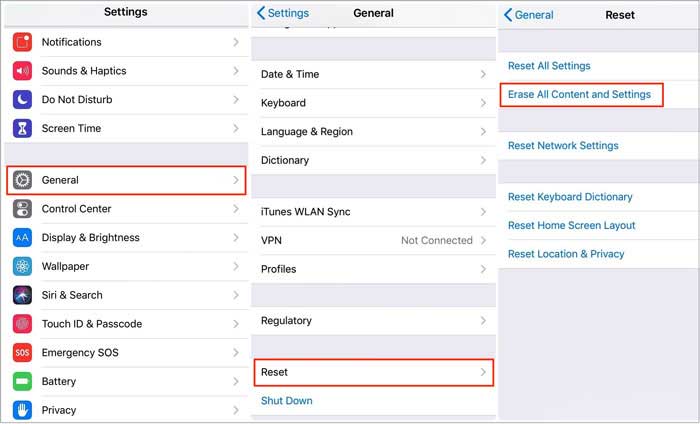
Step 2. Follow the on-screen instructions until you reach the "Apps & Data" screen.
Step 3. Select the "Restore from iCloud Backup" option.
Step 4. Enter your Apple ID and password to sign in to iCloud.
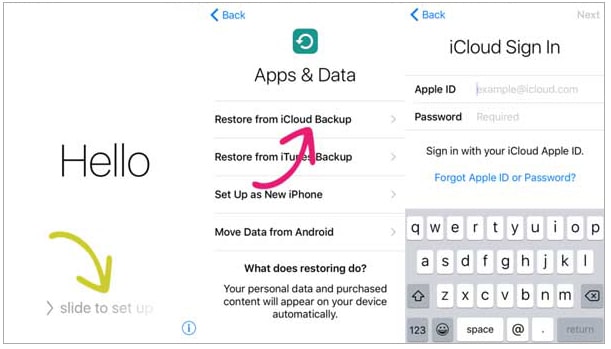
Step 5. Click on the backup you want to restore, then select "Restore" to confirm.
The steps to restore an iPhone from an iTunes backup are as follows:
Step 1. Open the iTunes software on your computer, ensuring it is up to date.
Step 2. Connect your iPhone to the computer using a USB cable. If iTunes does not open automatically, you will need to open it manually.
Step 3. Click on the icon of your iPhone, and select "Summary".
Step 4. Click "Restore Backup" and select the backup file you want to restore. If you previously set a password, you will need to enter it and then click "Restore" to initiate the data restoration process.
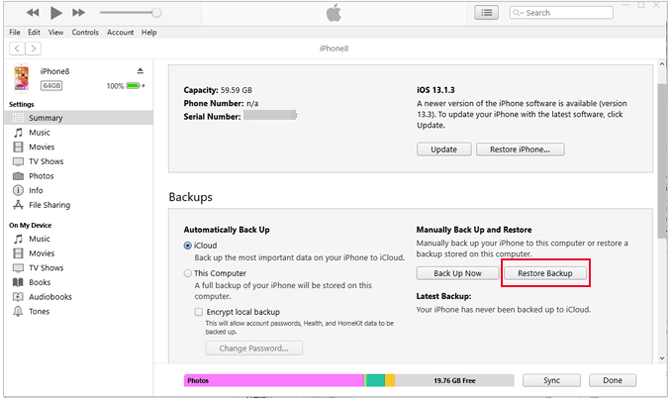
Directly restoring data from iCloud or iTunes backup will overwrite your current data. Luckily, this drawback can be solved now. With Coolmuster iPhone Data Recovery, you can selectively restore specific files, and the restored files will not replace the existing data. Moreover, it supports various types of iOS data, like photos, videos, music, contacts, messages, etc. You can preivew your data before starting the restoration.
Highlights of Coolmuster iPhone Data Recovery:
Download the software now and follow the steps below to restore your iPhone.
01Launch iPhone Data Recovery. Choose the "Recover from iTunes Backup File" option located on the left side. Select an iTunes backup file, and then hit the "Start Scan" button to initiate the scanning process.
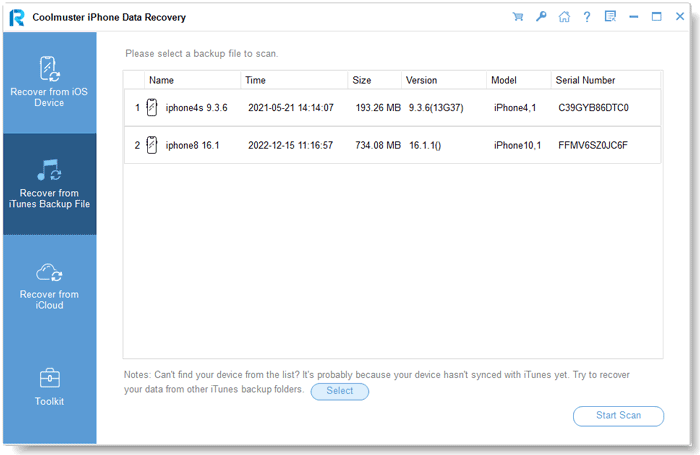
02Please check the data types you want to recover, then click on the "Start Scan" icon in the bottom right corner. This will allow you to preview the iTunes backup files on your computer.
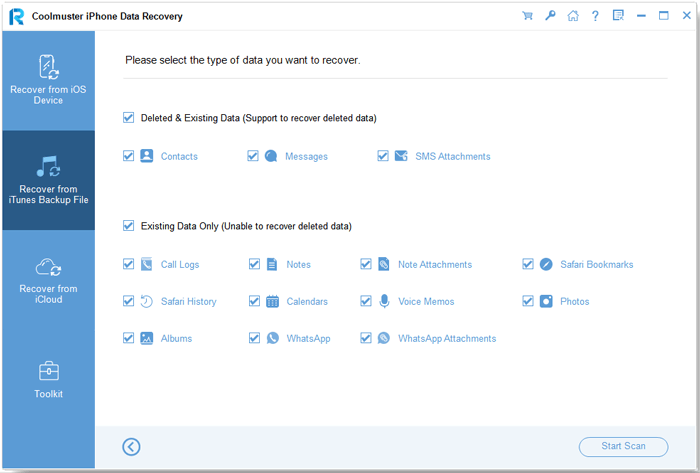
03Click on a category, then select the detailed deleted and existing files on the right side. Finally, click on the "Recover to Computer" icon to start recovering files from the iTunes backup.
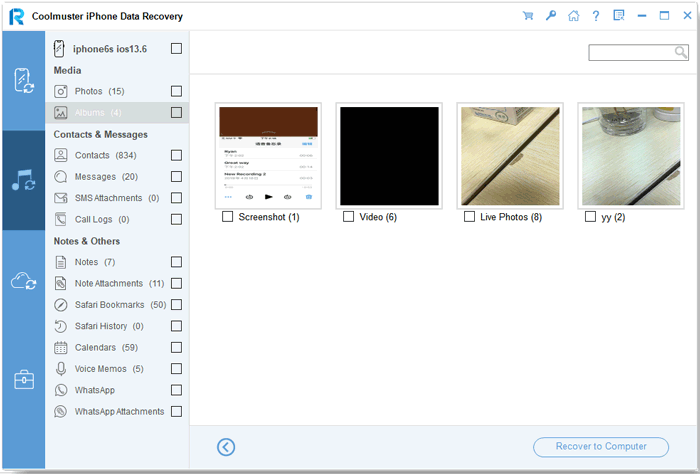
01Open the software and access the "Recover from iCloud Backup" mode. To continue, simply follow the on-screen instructions to log in to your iCloud account.
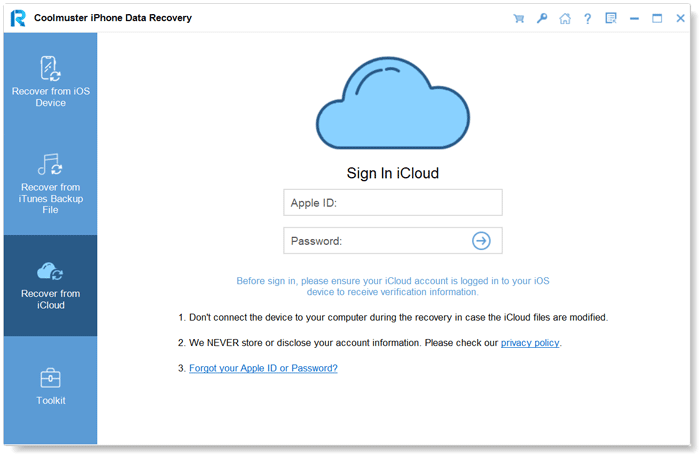
02Please choose the file types you wish to restore, then click on the "Next" icon to initiate a quick scan. This will allow you to preview more detailed information from the iCloud backup files.
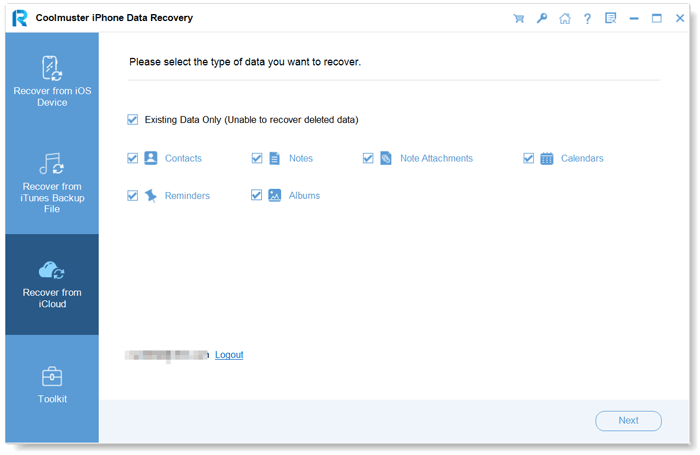
03Choose the files you wish to restore, and then click the "Recover to Computer" button to save the files on your computer.
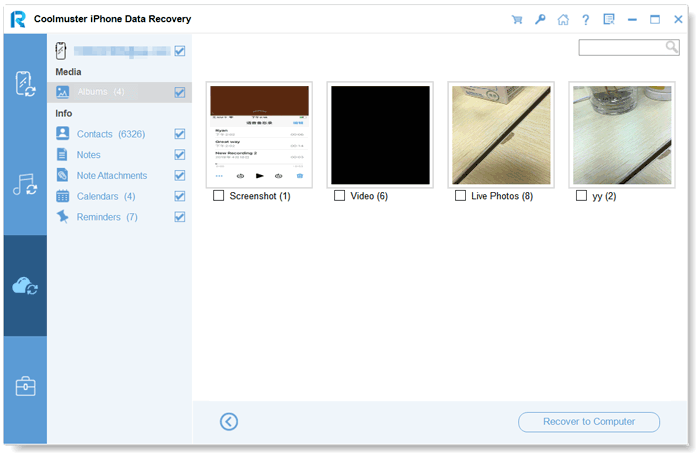
Video Tutorial:
What happens if I restore my iPhone? Now we know the answer. You can now decide whether restore your iPhone. No matter which restoration you need, you can do it without worry. If you desire to restore some files, you can leverage Coolmuster iPhone Data Recovery. This software enables you to view and select files directly. Download and try it yourself now.
Related Articles:
Do Photos Stay on iCloud if Deleted from iPhone? How to Recover Them?
How Long Does It Take to Restore an iPhone on iTunes/iCloud? (Authoritative & Reliable)
17 Optional Methods to Find the Videos Disappeared from iPhone Back
iPhone Won't Restore? 11 Effective Fixes for Your iPhone Woes





